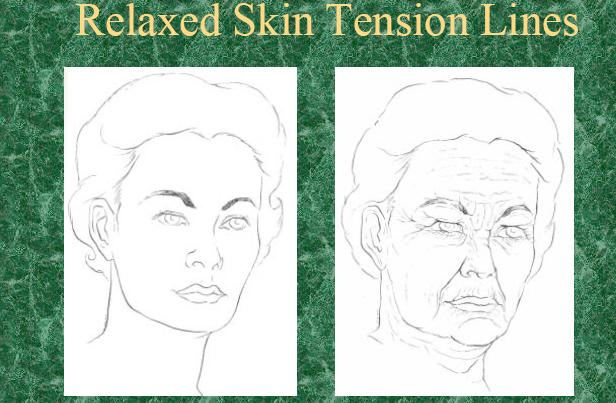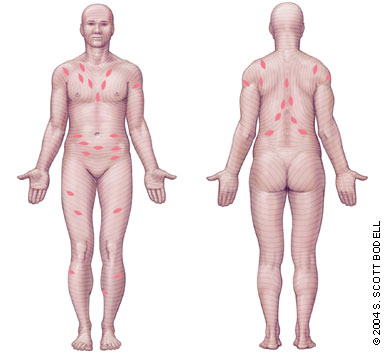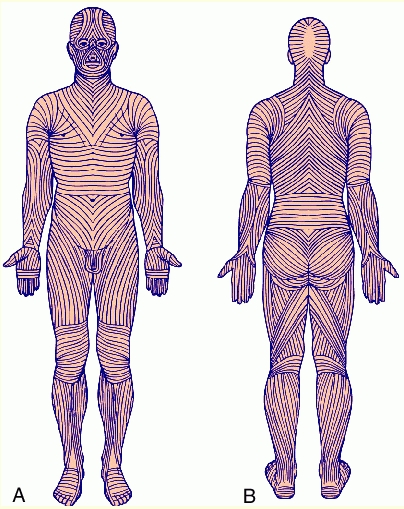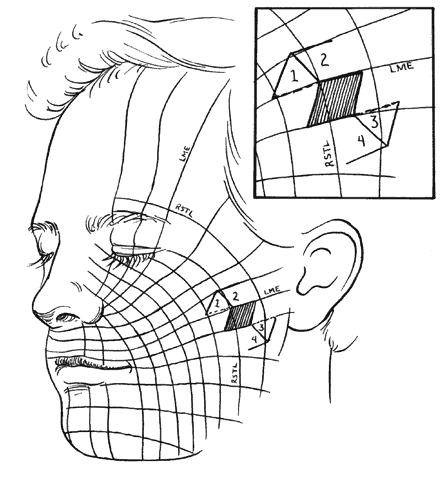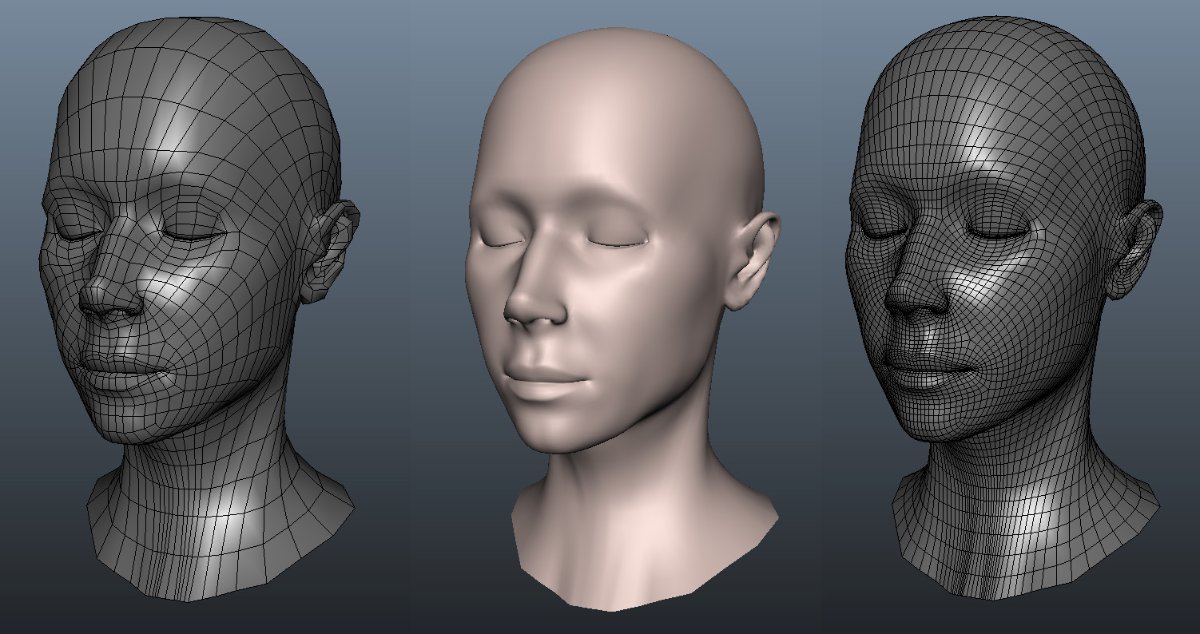
Human Body Topology: The Theory
Intro
I’ve been meaning to write a short history on the subject of character or human body topology for the longest time. For 3d character artists, it makes for interesting – if a bit gruesome – historical insight into a key challenge for our industry, how to model a human realistically.
Ever since I began working in the VFX industry, I've asked myself, is it really possible to design body topology for animation characters that is as generic – but also as realistic – as possible? Can we create a topology that doesn't change with the 3D character's morphology? And if it is possible, is there an ultimate method of approaching all humanoid and ape-like bodies?
I'm not sure if there will ever be perfect answers to these questions, simply because our professional VFX careers are usually bound by strict deadlines and deliverables. There just isn't enough time to dive into abstract subjects. But this is a subject I've long been fascinated with, so I've researched this to its core to satisfy my own curiosity. And I think you'll be interested in what I've found.
The Visual Homogeneity of a Realistic Human
As humans, we all look homogeneous. While it does happen, the chance that some of us have extra limbs is pretty low due to the specific pattern that our humanoid form follows. (Let’s leave our six-fingered human brothers and sisters aside for this one).
But one key factor that we do differ in is by age.
For example, from an anatomical perspective, kids are not small adults. Their anatomical makeup is slightly different. It's not only their body proportions but other characteristics – like the morphology, neurology and immune system – deviate as well. Skin folds are also different and with time, the structure of skin varies on an individual basis. If you want to create a realistic human model, you'll need to take all of these factors into account – but how do we learn about these details?
What History Has to Do With Modern Body Topology
While researching this subject, I looked for real life applications where questions like mine are addressed. I was particularly interested in the systems of skin reconstruction used by plastic surgeons to rebuild scarred tissue. I discovered a large variety of methods and guidelines that have been developed in these clinical fields – that at first may not seem to have much to do with computer graphics. Questions of topology may not have started with the rise of visual effects, but they have been studied through the centuries in medicine and already have well-established guidelines. 36 of these guidelines are still in use today, but I focused on two that seemed worthy of a closer look.
Two of the most popular methods are Relaxed Skin Tension Lines (RSTL) and Langer's Lines, and variations that combine the two. These methods differ from each other, but we'll approach them as one for simplicity.
Langer's Lines, or cleavage lines as they're also known, were discovered by Austrian anatomist Karl Langer and are still in use today. Langer spent his career researching corpses, studying skin tension, elasticity, swelling capacity and how all of this might affect the layout of wrinkles on a human body. It must have been unpleasant work, but his influence remains important to this day.
The result is an incision system to hide scars in a more natural way, between the wrinkles, as random incisions were too visible on skin that slides back and forth. This visibility is due to skin makeup and alignment of collagen fibers in particular. And, this is where we begin to differ morphologically with age, as collagen cells split in ways which are more natural to each one of us individually. For a closer look at this, do a search on Google Images for “Langer's Lines” and you’ll find a few more pictures to illustrate what I’m talking about here.
The image of the body below combines the two systems – Langer's Lines and RSTL so you can see how they work together.
These pictures are fascinating because what you see here has nothing and everything to do with character modeling and I just don’t think it’s gotten the publicity it deserves outside of medical circles.
Where Human Body Topology Meets CG
What's even more interesting is that these medical techniques deal with what we refer to in CG as “poles“. In human anatomy, this is where collagen splits and changes its direction – usually occurring at points where the skin is attached to another underlying structure – be it bone, tendon or some other tissue. Generally, this phenomenon can be witnessed by pinching an area and seeing how skin reacts. Langer's approach of puncturing corpses with a sharp stick provided him with the information he needed to create a system that is still in use over 100 years later, but it must have been a pretty gruesome job.

This image is a great example of the potential for overlap between the surgical and medical fields and face topology for animation – I created it a few years back, and it's now being used by a Japanese surgical clinic.
To close, I think that someday Langer's system could play an important role in developing a proper character generation tool. One which will take into account collagen fiber alignment and save us all from the daunting task of having to manually hack at the wireframe to get it right – and give us more time to enjoy the process of making awesome, realistic characters.
I hope you will find this history as useful and interesting as I have. As for the ScanLab team, we’ve been using this body topology research in our 3D Scanning pipeline for both VFX and game development!
Other image sources are Google Images, Duane’s Ophthalmology Book, Scar Revision & Camouflage by Michael E. Decherd, MD and Karen H. Calhoun, MD., S. Scott Bodell
…
If you have any wishes, suggestions or feel this article could be improved, please, do not hesitate to leave us your comments in the section below.
Best Regards,
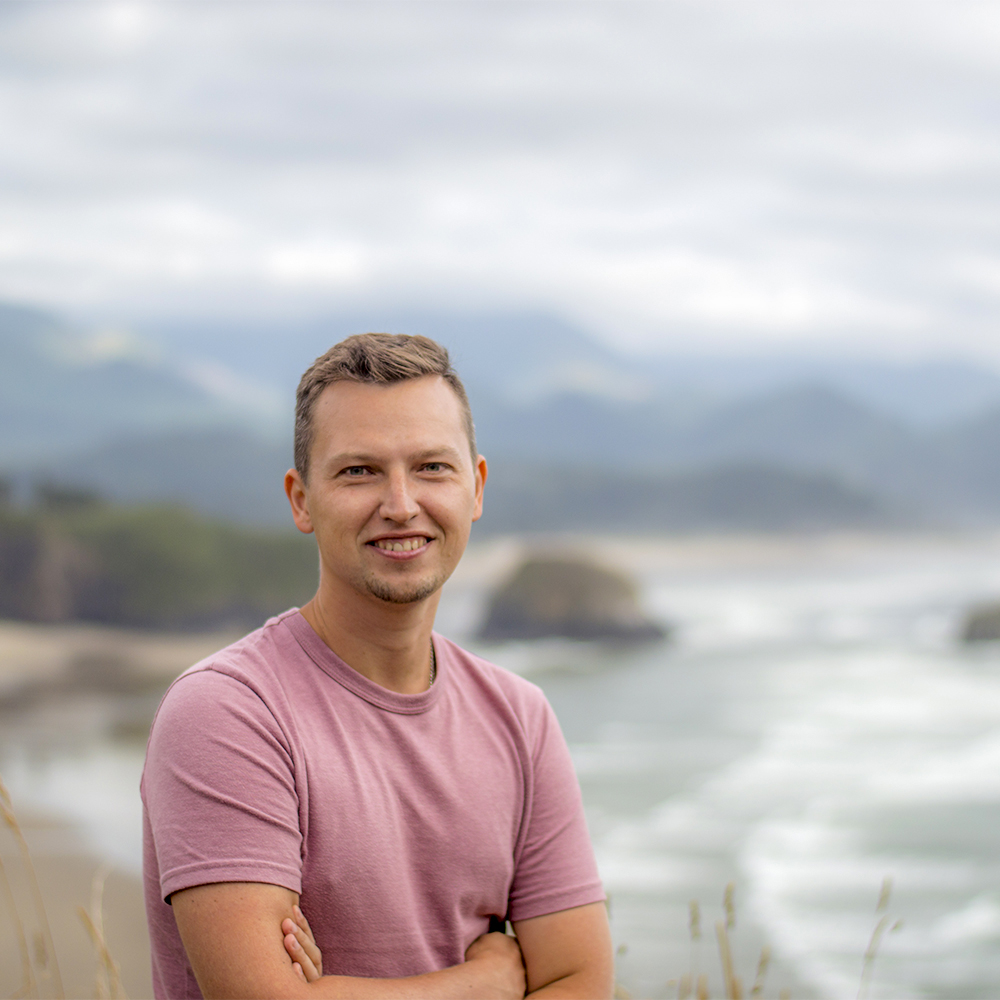
Ruslan Vasylev
Founder
Professional 3D Modeler with 17 years of combined VFX and Games experience, managing Vancouver-based 3D Scanning Studio,
Servicing Visual Effects for Film, Television, Games and Virtual Reality production studios.
